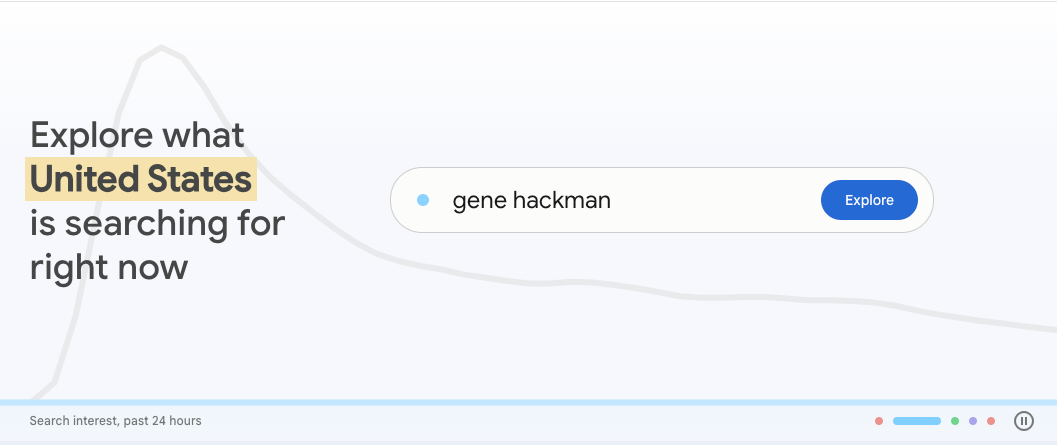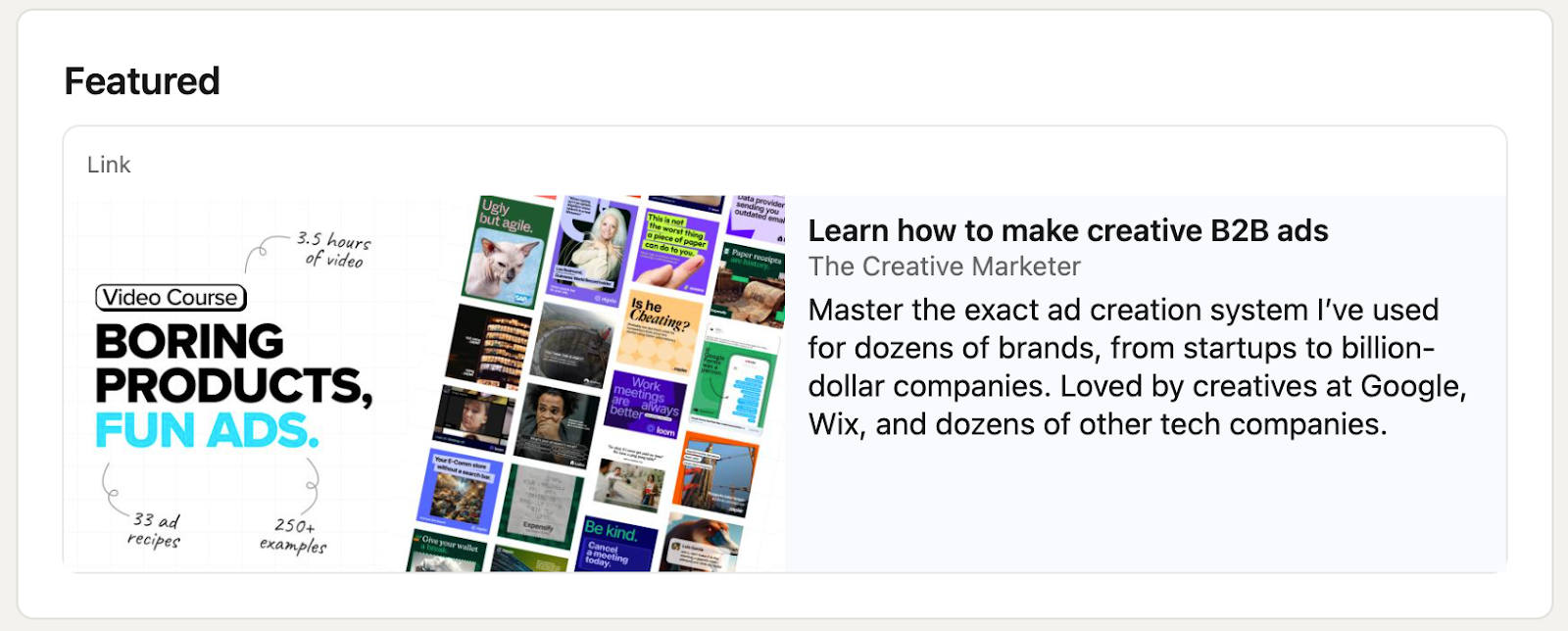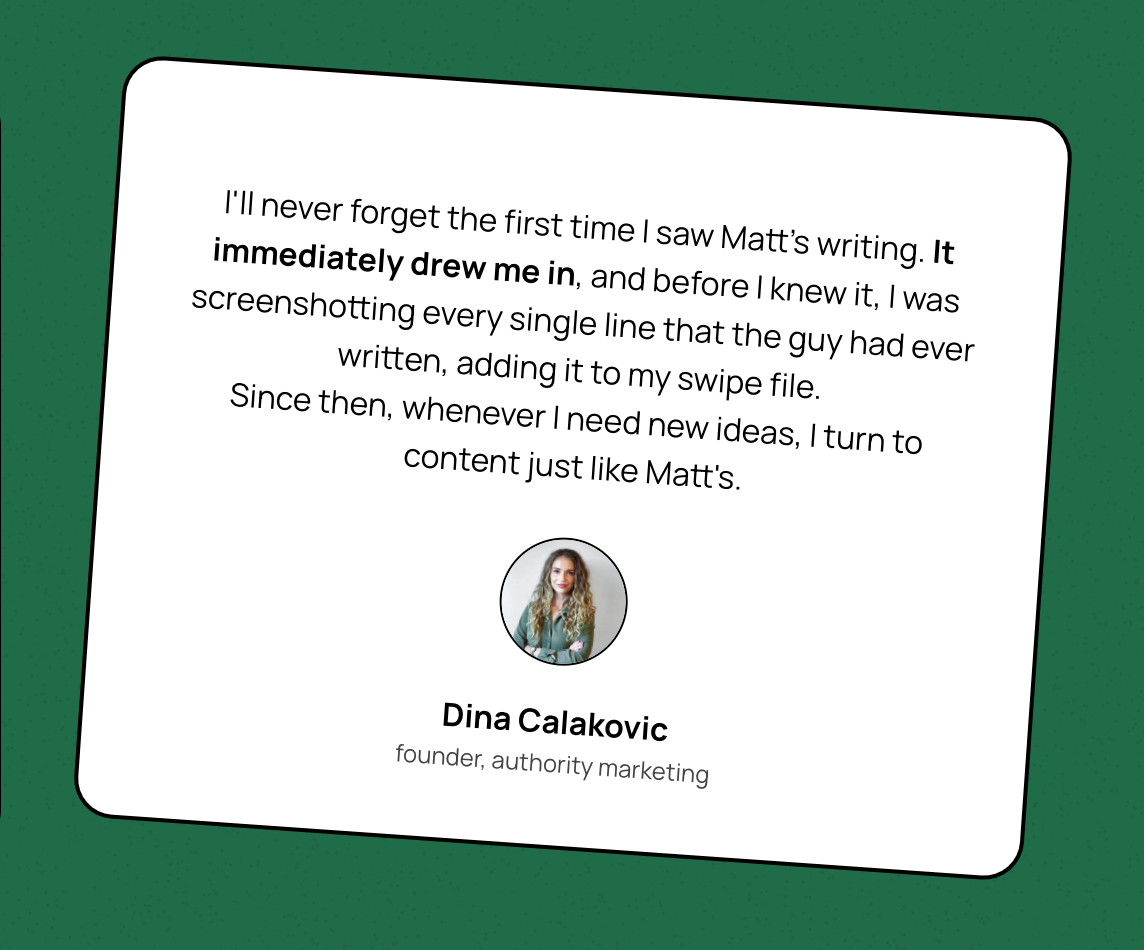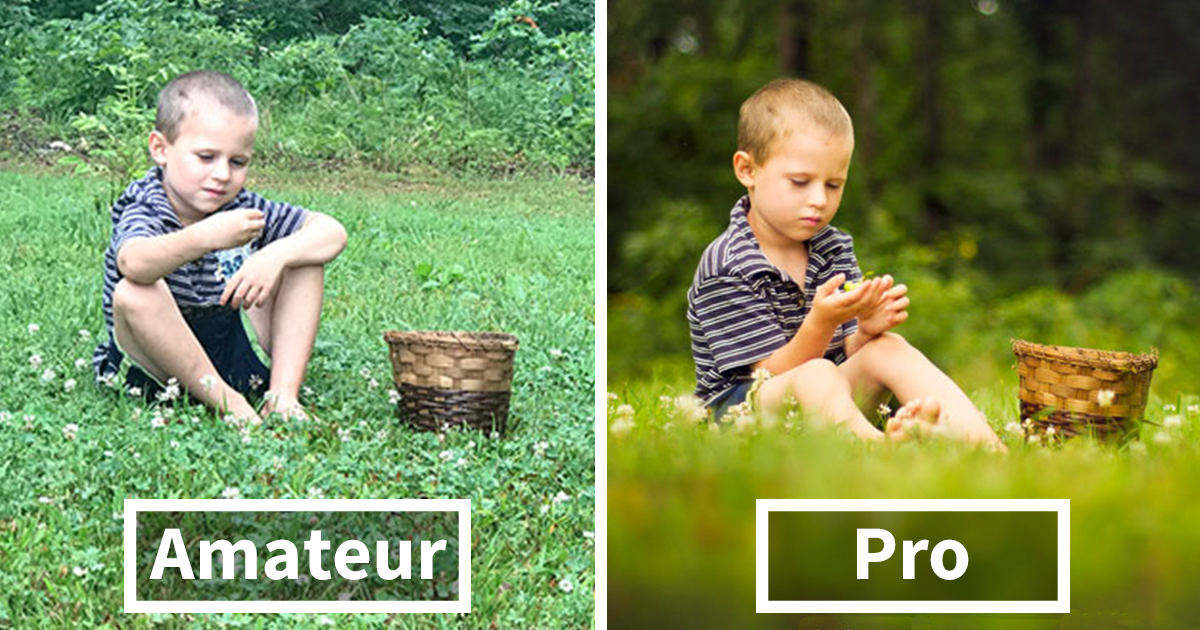In the past couple of years, a bunch of so-called “gurus” may have done some harm to the overall image of the online coaching industry. That said, real experts are still crushing it because people want genuine guidance.
Turning your expertise into a successful course can feel overwhelming, but with the right approach and tools, it’s entirely possible.
In this article, we’ll show you how to become a course creator – step by step.
Course Creation Is Not For You If…
Before you start building your first course, it’s important to be honest with yourself.
While creating online courses can be incredibly rewarding, it’s not the right path for everyone. Here are a few signs that course creation might not be the best fit for you:
First, building a successful course takes time, effort, and patience. It’s not something you can slap together overnight and expect instant results.
If you’re not ready to commit to the process, this might not be for you.
Second, course creation requires a passion for teaching and helping others.
If you’re not excited about breaking down complex ideas or answering questions from learners, it might not be the right fit.
Third, becoming a successful course creator requires learning new skills. You’ll need to understand how to structure content, use tools like video editing software, and market your course effectively.
If stepping outside your comfort zone to learn these skills feels overwhelming, it might be time to reconsider.
Finally, the best creators are always open to feedback and willing to improve based on what works (and what doesn’t).
If you’re not open to learning from your students and evolving, course creation could be frustrating.
If none of these apply to you, congrats; you’re likely cut out for course creation! It’s a great way to share your expertise, help others, and make a living doing what you love.
Steps to Become a Course Creator
We’ll be breaking down the process of becoming a course creator into simple steps. This way, you’ll understand the process much easier. Let’s begin.
1. Gain Genuine Expertise
You may not have to be the world’s top expert in your field (no one expects that!), but you should know enough to teach others effectively. Ask yourself: What skills or knowledge do I have that people often ask me about?
Maybe you’re great at baking cakes, coding apps, or even organizing cluttered spaces. Whatever it is, your genuine expertise will form the foundation of your course.
One thing to remember, authenticity matters! People can tell when you’re truly knowledgeable and excited about your topic, and that enthusiasm will keep them engaged.
2. Check Demand for That Expertise
The next step is to figure out if there’s an audience for it. After all, creating a course no one wants to take isn’t going to help anyone – including you. Look up similar courses online and see how popular they are.
Are people talking about this topic on social media?
Are there forums or groups where people are asking questions related to your skill?
Tools like Google Trends or keyword research platforms can also give you insights into how many people are actively searching for information in your niche.

If you find that there’s enough demand for what you know, you’re onto something valuable!
3. Create an Outline for Your Course
Before you start creating your materials, you need to organize your ideas. List the main topics you want to cover, then break them down into smaller lessons or modules.
For example, if you’re teaching photography, your outline might include sections like-
✦ Understanding Your Camera,
✦ Mastering Lighting, and
✦ Editing Photos Like a Pro.
Each section can then have specific lessons, like “How to Use Manual Mode” or “5 Tips for Natural Light Portraits.”
A clear outline keeps you on track and shows your students exactly what they’ll learn and how they’ll progress. Plus, it makes creating your course way easier!
Prepare Course Material Valuable for Your Potential Students
Depending on your topic and teaching style, your materials could include video lessons, slideshows, PDF guides, quizzes, or even live workshops. Start by focusing on one module at a time; this keeps things manageable and prevents overwhelm.
If you’re creating videos, make sure they’re clear, well-lit, and easy to follow.

For written materials, keep your language simple and conversational so it feels like you’re talking directly to your students.
Don’t stress about making everything perfect; done is better than perfect. The goal is to provide value in a way that’s engaging and easy to understand.
Choose a Course Platform That Meets Your Needs
Once your materials are ready, the next step is deciding where to host your course. There are plenty of platforms out there designed specifically for online courses, each with its own features and pricing.
If you want to run everything on your own and control every aspect of your business, you could use tools like Learnworlds, Kajabi, Klasio, etc. If you instead want to leverage the popularity of online marketplaces, you could go with Udemy, Skillshare, or Coursera.
These platforms make it easy to upload your content, organize it into modules, and even handle payments if you’re charging for your course.
When choosing a platform, consider what matters most to you. Take some time to explore a few options, test their free trials, and pick the one that feels like the best fit for your needs. Once that is done, upload all the materials you prepared for your course.
Consider Klasio If You’re Looking for a Beginner-Friendly Platform
Klasio is all about making learning and sharing your knowledge easier. It’s built to help you, whether you’re an educator or a business, grow and connect with others.
From creating courses to coaching clients or training teams, Klasio handles the behind-the-scenes work, so you can focus on doing what you love: teaching and inspiring.
It’s the tool that takes your expertise and puts it in the hands of the people who need it, all in one smooth, simple platform.
Right Pricing to Attract Potential Customers
One of the trickiest parts of creating a course is deciding how much to charge for it. You want your price to reflect the value you’re providing while still being attractive to potential students.
Research similar courses in your niche. If you have something unique to offer, you can price it slightly higher. For example, if most beginner photography courses cost $50, but yours includes personalized feedback or bonus materials, you might charge $75 or $100.
One pricing trick to note here: don’t undervalue your work! Remember, people often associate higher prices with higher quality.
Launch Before the World
Once you’re sure everything is good to go, it’s time for the big day. As dramatic as it may sound, in modern times, launching is pretty simple. You just have to hit publish on whatever platform you chose earlier.
That being said, you need to ensure a few things here.
Is your website working properly?
Visit from an incognito window or a new browser, check if all the information is visible.
Is the purchase window working?
Perform a test purchase to see if the checkout procedure is up and running.
Is there an urge to buy your course?
When potential customers visit your landing page, they need to feel a push to opt for your course. Make sure you create that drive through the landing page copies properly.
If all seems alright, hit that ‘Publish’ button.
Promote on Social Media
Now that your course is live, it’s time to spread the word. Social media is one of the best places to promote your course for free. Platforms like Instagram, TikTok, Facebook, and LinkedIn are perfect for reaching your target audience.

Start by sharing posts that highlight the benefits of your course. For example, you could post before-and-after examples of what students can achieve, quick tips related to your topic, or behind-the-scenes content showing how you created the course.
Short videos tend to perform really well because they grab attention quickly. If you’re comfortable, consider going live on social media to answer questions about your course or give a sneak peek of what’s inside.
Participating in discussions on various online communities is beneficial too. You need to showcase your credibility through valuable comments. And when people start asking for more, you drive them to your course page.
Many course creators miss out on something incredibly effective while promoting on social media. That is, to leverage your existing network. Ask your network to spread the word around. This should get you the initial boost you need.
Collect Social proof
Social proof is the most powerful marketing tool in 2025. It shows others that your course is worth their time and money. This could be in the form of testimonials, reviews, or even success stories.

For example, if a student achieves great results after taking your course, like landing their first freelance gig or mastering a new skill, ask them to share their experience!
Positive feedback builds trust and makes you appear more credible and professional. Don’t be shy about showcasing this social proof on your website, social media, or even in your course promo materials. People are more likely to enroll when they see others raving about how helpful your course was.
[Bonus] 4 Effective Marketing Strategies to Make Your Course a Success
Beyond basic advertising and social posts, these approaches will help your course stand out in a crowded market:
1. Build a Community
Create a dedicated space where students connect, whether through a Facebook group, Discord server, or Slack channel. This adds tremendous value to your course while generating organic growth through word-of-mouth. When students find genuine support and connection, they naturally invite others to join.
2. Launch a Strategic Newsletter
Develop a consistent newsletter that delivers actual value, not just promotional content. Share practical tips, industry insights, and occasional exclusive offers. This builds a loyal audience who trusts your expertise and feels connected to your teaching approach. User-friendly tools like Mailchimp or weMail simplify the process.
3. Offer Value-First Content
Create free mini-courses or targeted webinars that showcase your teaching style and expertise. This “try-before-you-buy” approach demonstrates your value proposition and establishes credibility. The transition from free participant to paying student becomes natural once they experience your teaching quality.
4. Form Strategic Partnerships
Collaborate with established voices in your niche whose audience aligns with your ideal students. These partnerships introduce your course to relevant, pre-qualified prospects at scale. Focus on creating authentic connections that benefit both parties rather than transactional arrangements.
The options to tweak your marketing efforts are limitless. You need to identify what works and double down on that.
Three Principles for Becoming a High-Impact Online Educator
No matter how good you are at your craft, people may still not buy your course. There are thousands of online educators. And you may easily be lost in the crowd. That’s why it’s important for you to stand out as a course creator. Here are 3 effective ways to do just that:
Design for Transformation
Focus on delivering a clear, measurable outcome. Students don’t want information; they want results. Define exactly what students will accomplish after completing your course, and make this the centerpiece of your content and marketing.
Better if you can make it visible like the following image-

This image clearly demonstrates how someone’s photography skills can improve if they enrol for a photography course.
The language you choose matters a lot in this case. Instead of “Learn photography basics,” promise “Land your first photoshoot gig with any camera within 4 weeks.” When students see the specific transformation ahead, they’ll be more motivated to enroll and complete your course.
Build Emotional Connection
People buy from instructors they trust. Share your relevant struggles and successes to make yourself relatable.
If you’re teaching public speaking, you could, maybe, describe your journey from paralyzing stage fright to confident presenter. This authenticity creates loyalty that pure content alone cannot achieve.
Implement Active Learning
We tend to forget fast what we don’t practice. So bring your students to real-world practice – things like assignments, projects, and challenges that actually apply to what you’re teaching.
If you’re teaching a coding course, have students build a small project, like a personal portfolio website or a simple app.
When they create something real, they see their progress, gain confidence, and stay motivated to complete the course
Conclusion
Becoming an online course creator is about empowering others to learn and grow. Here, your teaching style is your brand, and student success is your best marketing tool
Students don’t pay for the content only; they pay for the experience of learning from you.
And when they succeed because of your course, they become your biggest advocates. Happy students will leave glowing reviews, refer friends, and even promote your course for you.
Their success stories are the most powerful form of marketing because they show potential students that your course delivers real results. So, always prioritize helping your students win – that’s how you build a reputation that lasts.

Leave a Reply